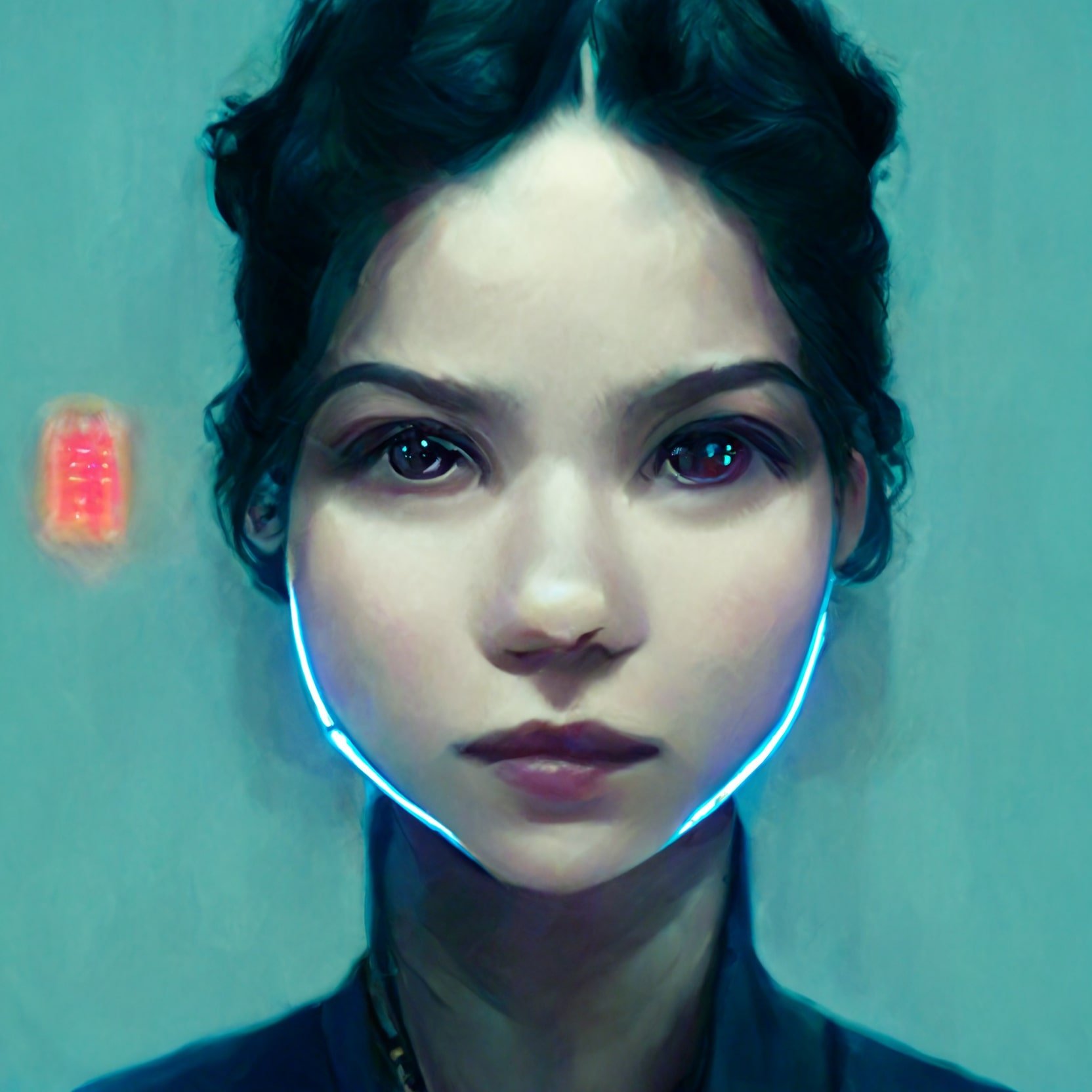Webcam face detection in the browser
Important: Please make sure to allow access to your webcam for this page to work. No video data will be recorded or uploaded.
Note: For mobile phones, please turn them sideways into landscape format to get better results. This demo is optimized for desktop browsers.
This demo is pretty amazing. With just a few lines of code, you can enable your webcam and start doing face detection. The program will recognize your face and then display it on the screen. This is a great demonstration of how easy it is to get started with face recognition.
The source code
Here’s all the code it took to make this happen (credit):
<div style="text-align:center">
<video id="video" autoplay style="display:none"></video>
<canvas id="canvas" width="300px" height="200px" style="margin:0 auto"></canvas>
</div>
<script src="https://cdn.jsdelivr.net/npm/@tensorflow/tfjs"></script>
<script src="https://cdn.jsdelivr.net/npm/@tensorflow-models/blazeface"></script>
<script>
let video = document.getElementById("video");
let model;
// declare a canvas variable and get its context
let canvas = document.getElementById("canvas");
let ctx = canvas.getContext("2d");
const setupCamera = () => {
navigator.mediaDevices
.getUserMedia({
video: { width: 300, height: 200 },
audio: false,
})
.then((stream) => {
video.srcObject = stream;
});
};
let shown = false;
const detectFaces = async () => {
const prediction = await model.estimateFaces(video, false);
if (shown == false) {
// log the prediction once to the browser console
console.log(prediction);
shown = true;
}
// draw the video first
ctx.drawImage(video, 0, 0, 300, 200);
prediction.forEach((pred) => {
// draw the rectangle enclosing the face
ctx.beginPath();
ctx.lineWidth = "5";
ctx.strokeStyle = "white";
// the last two arguments are width and height
// since blazeface returned only the coordinates,
// we can find the width and height by subtracting them.
ctx.rect(
pred.topLeft[0],
pred.topLeft[1],
pred.bottomRight[0] - pred.topLeft[0],
pred.bottomRight[1] - pred.topLeft[1]
);
ctx.stroke();
// drawing small rectangles for the face landmarks
ctx.fillStyle = "white";
pred.landmarks.forEach((landmark) => {
ctx.fillRect(landmark[0], landmark[1], 5, 5);
});
});
};
setupCamera();
video.addEventListener("loadeddata", async () => {
model = await blazeface.load();
// call detect faces every 100 milliseconds or 10 times every second
setInterval(detectFaces, 500);
});
</script>

